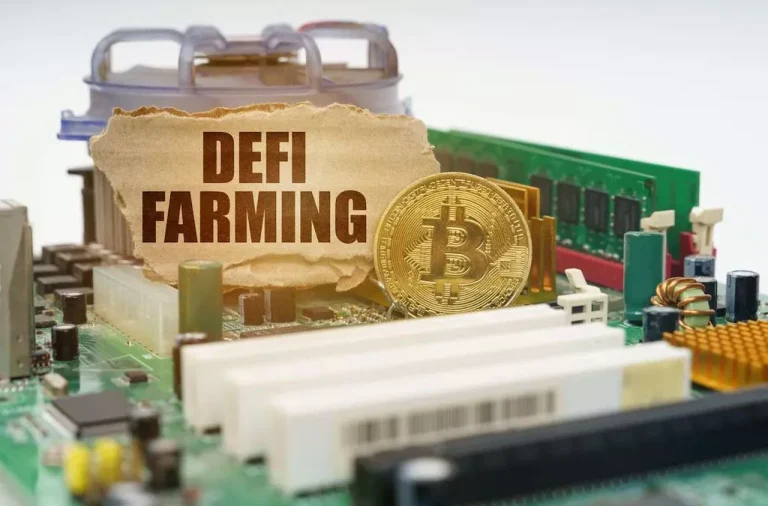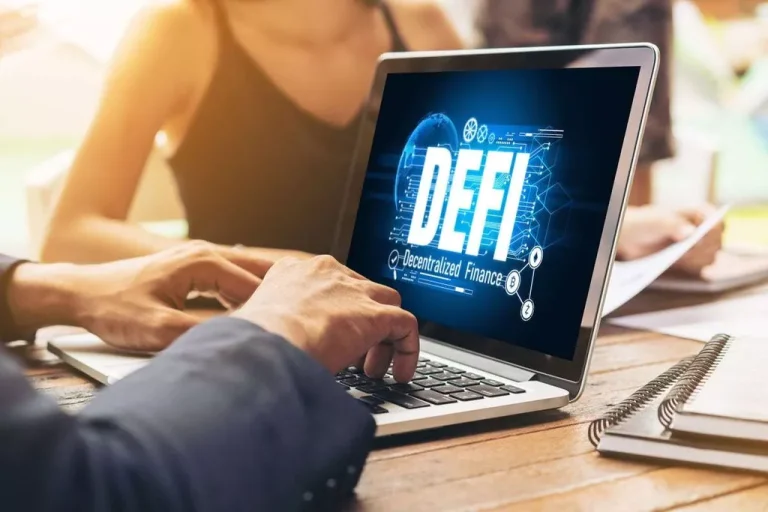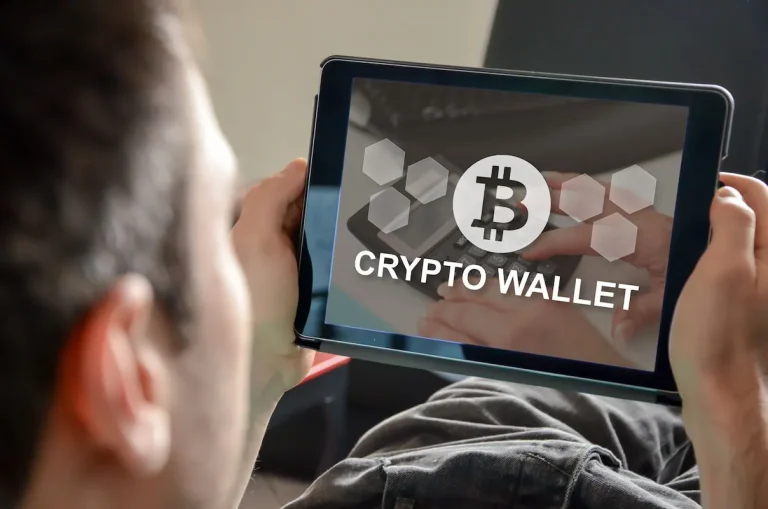Single-ended DMA is a sort of direct reminiscence entry the place information switch happens in one course only, from the peripheral gadget to reminiscence or vice versa. In this mode, the info moves along a single path without having bidirectional communication. This simplifies the process and reduces the complexity of managing information transfers. Since the SPE’s load/store instructions can read/write solely its personal native memory, an SPE entirely is determined by DMAs to switch data to and from the main reminiscence and native reminiscences of other SPEs.
In the old days, typically the processor wasn’t fast enough to learn a fast https://www.xcritical.com/ stream, however today it’s probably that the processor is tremendous quick. Normally, when a block transfer completes, the CPU will get a single interrupt so it can course of the incoming data or queue up more knowledge to send to the system. In order to make a successful data transfer, DMA should share the bus (data and address) with the CPU. Now let’s assume we’re about to switch data from an I/O device to reminiscence.
Thus the DMA acts as a primary means of knowledge switch amongst cores inside this CPU (in distinction to cache-coherent CMP architectures corresponding to Intel’s cancelled general-purpose GPU, Larrabee). It has the work of transferring the info between input, output gadgets and major memory with very less interplay with the processor. The Direct Memory Entry Controller is a management forex crm unit, which has the work of transferring data. Normal Direct Memory Access (also referred to as third-party DMA) adopts a DMA controller. The DMA controller can produce memory addresses and launch memory learn or write cycles.
Dual-ended Dma
Right Here, the processor doesn’t hold scanning for peripherals ready for information transfer. As Soon As the information switch is complete, the DMA controller releases management of the system bus. This step is crucial as it permits different gadgets to access the bus for their own operations without any interference from the DMA course of.

It kicks off the information switch operation between units without involving the CPU continuously. When a device needs to ship or obtain data from memory, it initiates a DMA request. By interleaving knowledge transfers, this method optimizes total system performance by minimizing idle occasions and maximizing throughput.

Then the DMA controller transfers the info, permitting the microprocessor to continue with different processing tasks. When a device wants to make use of the Micro Channel bus to send or obtain knowledge, it competes with all the other devices which would possibly be trying to achieve management of the bus. The DMA controller doesn’t arbitrate for control of the BUS instead; the I/O gadget that’s sending or receiving knowledge (the DMA slave) participates in arbitration.
Uh-oh! This Is An Unique Story Available For Selected Readers Solely
With Out DMA, when the CPU is using programmed input/output, it’s typically absolutely occupied for the whole period of the learn or write operation, and is thus unavailable to carry out other work. With DMA, the CPU first initiates the transfer, then it does different operations while the switch is in progress, and it lastly receives an interrupt from the DMA controller (DMAC) when the operation is done. This feature is useful at any time that the CPU can’t keep up with the speed of knowledge transfer, or when the CPU needs to carry out work whereas waiting for a comparatively slow I/O data transfer. DMA Controller is a type of management unit that works as an interface for the data bus and the I/O Devices. As mentioned, DMA Controller has the work of transferring the data without the intervention of the processors, processors can management the information transfer.
- The Direct Memory Entry Controller is a management unit, which has the work of transferring knowledge.
- However, sometimes you can overload that mind and CPU designers are at all times making an attempt to enhance each speed and throughput utilizing quite so much of strategies.
- This simple approach makes it simpler to implement and perceive than other forms of DMA configurations.
- During knowledge transfer, data flows instantly from one system to another by way of DMA channels without CPU intervention.
Admittedly, in case you are writing with a modern operating system and also you aren’t writing system drivers, you probably don’t want to use DMA. But for real-time methods you’ll find a way to simply analyze, DMA may be both an excellent simplification and a boost to overall system throughput. With quicker processors, burst mode DMA is in style because it will restrict how long the CPU is paused. In reality, many trendy burst controllers will attempt to wait until the CPU just isn’t utilizing reminiscence anyway and solely stall if the CPU tries to use reminiscence during the temporary transfer. In the world of computers, the central processing unit (CPU) is–well–central. Your first laptop course probably defined it just like the brain of the computer.
The transparent mode takes the longest time to switch information blocks, however it’s also the most environment friendly mode when it comes to general system performance. In clear mode, the Direct Reminiscence Entry controller transfers knowledge only when the CPU performs operations that don’t use the system buses. Direct Memory Entry may be abbreviated to DMA, which is a function of laptop systems. It allows input/output (I/O) units to entry the primary system reminiscence (random-access memory), independent of the central processing unit (CPU), which speeds up memory operations. DMA works by having a dedicated DMA controller that manages the info transfers between reminiscence and the varied gadgets that need to access it.
Since the DMA controller is handling the information transfer, the CPU is free to perform other tasks while the transfer is happening. This can significantly improve the system’s general performance, because the CPU is not tied up with information transfer tasks. Interrupts are essential as they allow environment friendly communication between the DMA controller and the CPU with out fixed polling. By utilizing interrupts, system sources are utilized extra effectively because the CPU can attend to different processes while waiting for DMA operations to finish.
We have two other methods of information transfer, programmed I/O and Interrupt driven I/O. Direct Reminiscence Entry (DMA) is vital for IT infrastructure as it turbocharges information transfer effectivity by freeing up the CPU from handling every byte trade. Think of it as a traffic controller rerouting data instantly between units and reminiscence lanes, bypassing CPU site visitors jams.
It is the DMA controller, nonetheless, that takes management of the bus when the central arbitration management point grants the DMA slave’s request. DMA is utilized by many forms of hardware that have their very own data processing capabilities. For instance, a GPU rendering a 3D scene in a sport makes use of DMA to load textures directly from system memory, leaving the CPU free to calculate physics and AI as a substitute. Without DMA, the CPU needs to be concerned in every read-and-write motion, occupying processing sources that could be used for other duties. Storage controllers, sound playing cards, and network interface playing cards additionally use DMA during knowledge transfers. Direct Reminiscence Access (DMA) is a technique utilized in computers and other digital devices to permit peripherals (like hard drives, network cards, and sound cards) to speak instantly with the primary reminiscence (RAM) without involving the CPU.

This enhances efficiency by decreasing CPU involvement in managing information movement tasks. Direct reminiscence access (DMA) allows hardware gadgets to transfer information between themselves and memory without involving the CPU. Learn from this text how DMA works, the principles, the kinds of DMA, and some of its advantages and limitations. Think About a CPU equipped with a cache and an external reminiscence that may be accessed directly by devices utilizing DMA.

The controller is integrated into the processor board and manages all DMA data transfers. Transferring knowledge between system reminiscence and an a hundred and ten system requires two steps. Data goes from the sending gadget to the DMA controller and then to the receiving device. The microprocessor offers the DMA controller the placement, destination, and quantity of knowledge that is to be transferred.
When BG (bus grant) enter is 0, the CPU can communicate with DMA registers. When BG (bus grant) input is 1, the CPU has relinquished the buses and DMA can communicate instantly with the memory. DMA strikes knowledge quick and with out utilizing CPU power, freeing up CPU resources for other duties.